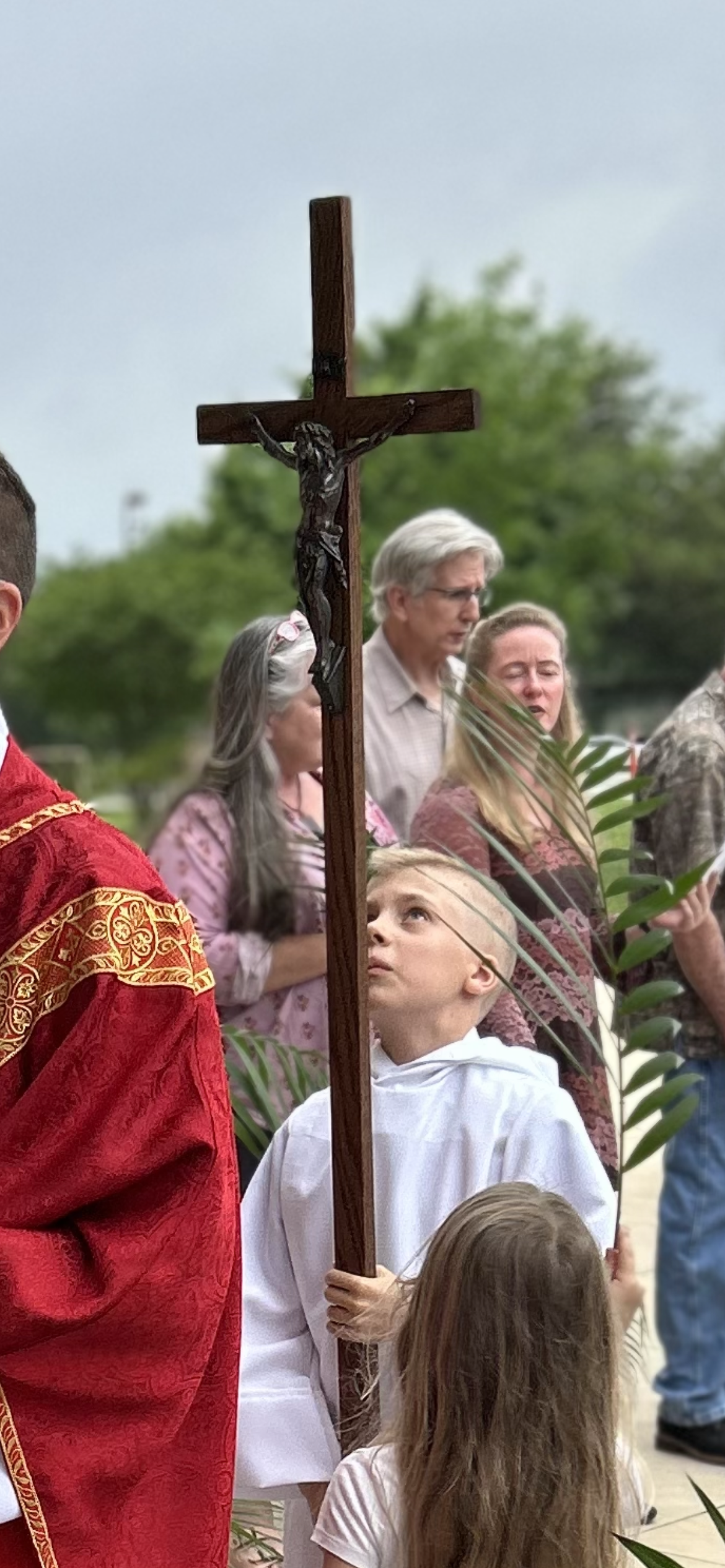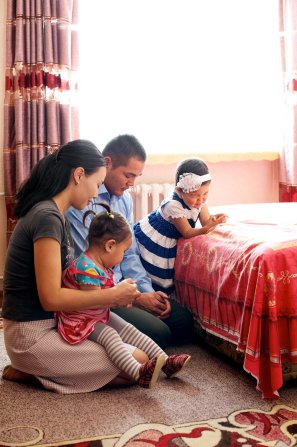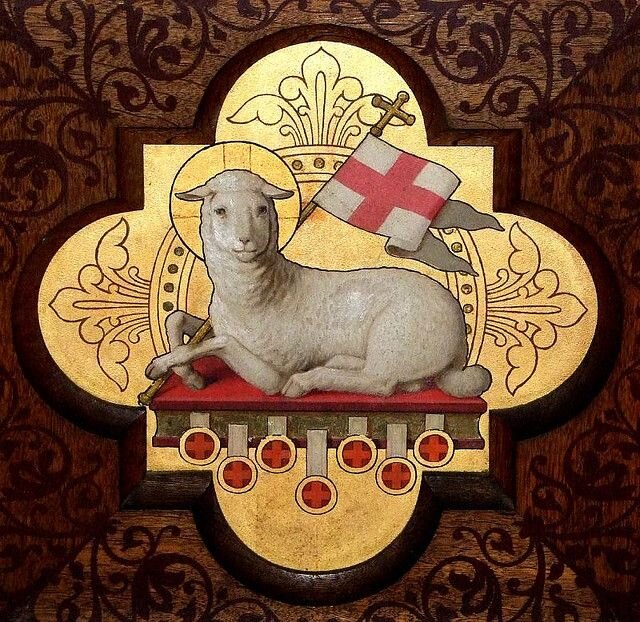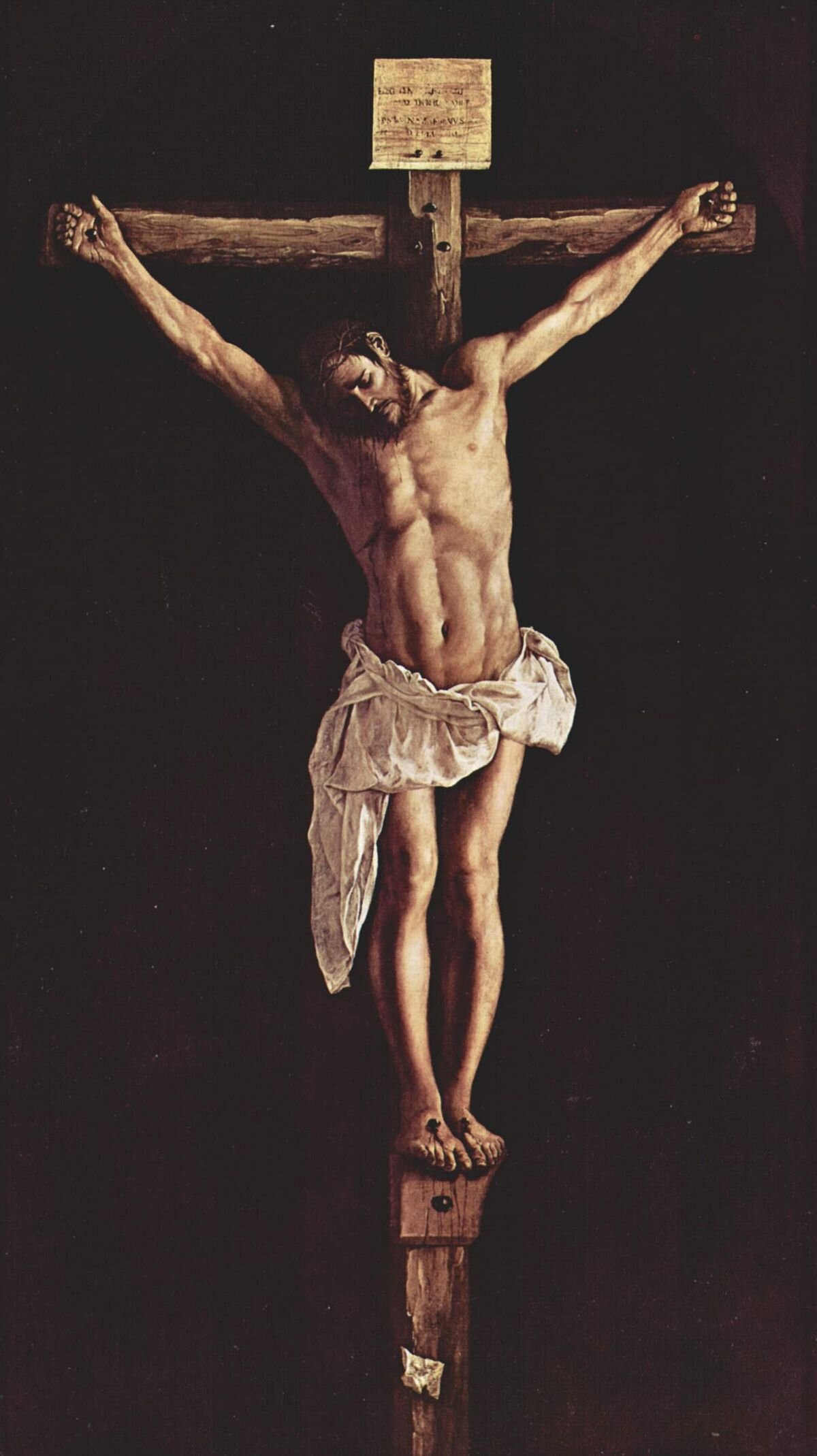Before breakfast (take 30 seconds to pray in public and at home)
In the car on the way to school or work or running errands
At lunch
When you pull into your driveway take 60 seconds to thank God for the day and help you invest in your family this evening.
At dinner
Before bed
Anytime!
Now you might be thinking, “I’ve tried that and it’s just too challenging. They don’t focus and I have to get on them every 15 seconds to stop pushing and pinching each other.” I get it. I really do. Here is a secret that has really helped our family prayer times - make use of written prayers.
But aren’t written prayers less spiritual? Some might feel as if written prayers are less spiritual than free form praying, but here is the truth, while they can be prayed in a mindless and rote way, they don’t have to be. In fact this applies to anything in life we do on a repetitive basis. Just because we sometimes fall into reading the Bible mindlessly doesn’t mean we stop reading the Bible altogether. Rather, it means we seek to read it with engaged hearts and minds, asking the Holy Spirit to enflame our hearts with His love. The same goes for written prayers.
Below are four written prayers that you can print and pray together as a family. At first you’ll have to read it but eventually your whole family (even the youngest!) will know them by heart. We don’t do the same prayer every single night but like to mix them up. So a few nights a week we’ll do the Lord’s Prayer and a few nights the Evening prayer. We almost always include extemporaneous prayers as well, I like to give each child a chance to pray using their own words.
The Lord’s Prayer
Our Father who art in heaven, hallowed be Thy name, Thy kingdom come, Thy will be done on earth as it is in heaven. Give us this day our daily bread; and forgive us our trespasses as we forgive those who trespass against us; and lead us not into temptation, but deliver us from evil. For Thine is the kingdom and the power and the glory forever and ever. Amen.
Morning Prayer
In the name of the Father and of the + Son and of the Holy Spirit. Amen.
I thank You, my heavenly Father, through Jesus Christ, Your dear Son, that You have kept me this night from all harm and danger; and I pray that You would keep me this day also from sin and every evil, that all my doings and life may please You. For into Your hands I commend myself, my body and soul, and all things. Let Your holy angel be with me, that the evil foe may have no power over me. Amen.
Evening Prayer
In the name of the Father and of the + Son and of the Holy Spirit. Amen.
I thank You, my heavenly Father, through Jesus Christ, Your dear Son, that You have graciously kept me this day; and I pray that You would forgive me all my sins where I have done wrong, and graciously keep me this night. For into Your hands I commend myself, my body and soul, and all things. Let Your holy angel be with me, that the evil foe may have no power over me. Amen.
Prayer Before a Meal
In the name of the Father and of the + Son and of the Holy Spirit. Amen.
Lord God, heavenly Father, bless us and these Your gifts which we receive from Your bountiful goodness, through Jesus Christ, our Lord. Amen.
I encourage every family to pick up the Lutheran Prayer Book which has written prayers for morning and evening of every day.














